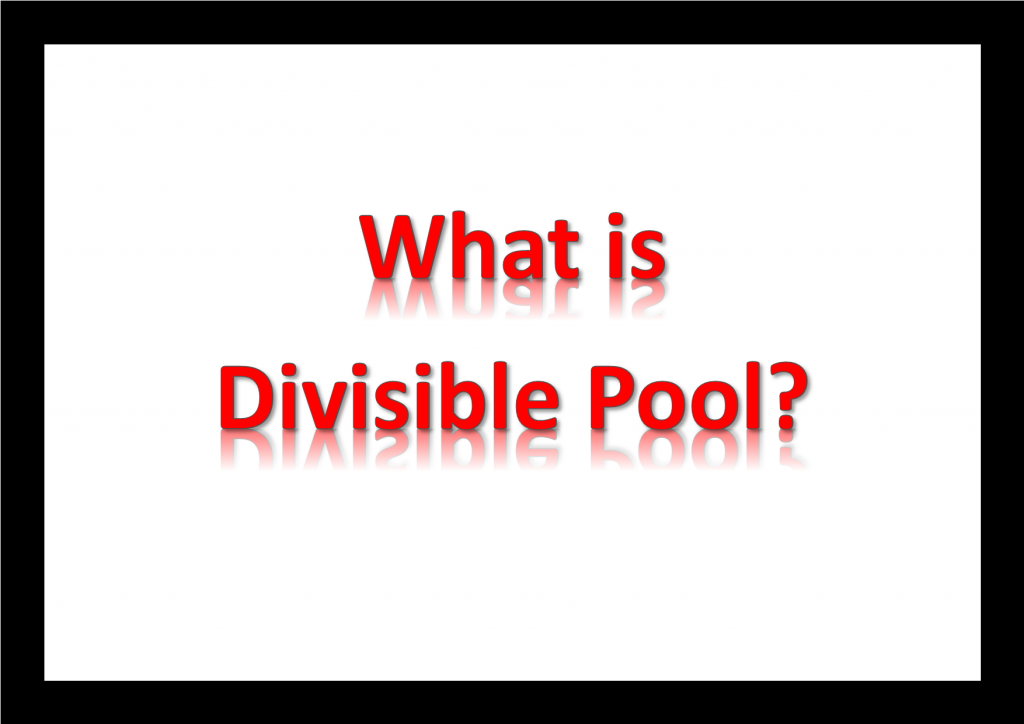There is vertical asymmetry in the distribution of resources (revenues) and responsibilities between the centre and states. We often refer this as the vertical fiscal imbalances. This imbalance is that the central government enjoy some important and fast-growing tax revenues like corporate income tax and personal income tax. On the other hand, the states that doesn’t have such vibrant tax resource. On the other hand, they have the responsibility to provide fast growing expenditure under items like health. This asymmetry is built- in, as the constitutional provisions give such a situation.
Constitutional Provision to solve the vertical imbalance
At the same time, to solve this vertical imbalance, the Constitution itself gives a solution in the form of Article 280. It proposes for the creation of Finance Commission in every five years to recommend the transfer of resources from the centre to the states.
Finance commissions reviews the fiscal conditions of the centre and states from time to time and suggests resource transfer from the centre to the states. For the transfer of central resources, the constitution itself points out what tax resources of the centre have to be shared with the states. These tax sources of the centre that must be shared with the states is known as the divisible pool.
In the constitution, Article 270 describes about the tax resources to be transferred from the centre to the states.
What is the divisible pool?
Divisible pool is that portion of gross tax revenue which is distributed between the Centre and the States. The divisible pool consists of all taxes, except surcharges and cess levied for specific purpose, net of collection charges.
Divisible pool before the 80th constitutional amendment
Before the 80th Constitution (Eightieth Amendment) Act, 2000, the sharing of the Union tax revenues with the states was in accordance with the provisions of articles 270 and 272. During that time, two main taxes of the centre – corporate income tax and customs duties were not placed under the divisible pool.
So, till the 10th Finance Commission recommendations, these two taxes remained outside the divisible pool. Separate criteria were used for the transfer of union excise duties and personal income taxes.
Divisible pool after the 80th constitutional amendment
Tenth Finance Commission suggested an alternative scheme of devolution. The Commission suggested that all of the central taxes should be shared with the states. This recommendation fundamentally altered the pattern of sharing of Central taxes between the Centre and the States.
To alter the divisible pool in accordance with the bold recommendations of the X FC, the Parliament amended the constitution through the 80th amendment. The 80th amendment brought changes in article 270 that is related with the divisible pool.
After the amendment, Article 270 provides for sharing of all the taxes and duties referred to in the Union list, except the taxes and duties referred to in articles 268 and 269, respectively, and surcharges on taxes and duties referred to in article 271 and any cess levied for specific purposes. As a result of the 80th amendment, article 272 was dropped.
The 80th amendment of the Constitution thus altered the pattern of sharing of Union taxes in a fundamental way.
Table: Important articles related with federal finance
| Article | Area |
| Article 280 | Creation of the Finance Commission |
| Article 270 | Divisible pool |
| Article 271 | (i) Surcharges and (ii) Taxes Levied and Collected and Retained by the States. |
| Article 268 | Taxes levied by the centre but collected and appropriated by the states. |
| Article 269 | Taxes levied and collected by the centre but assigned to the states. |
| Article 269 A | Taxes on Interstate trade and commerce. |
| Article 275 | Grants in aid from the centre to the states as proposed by the Finance Commission. |
*********










